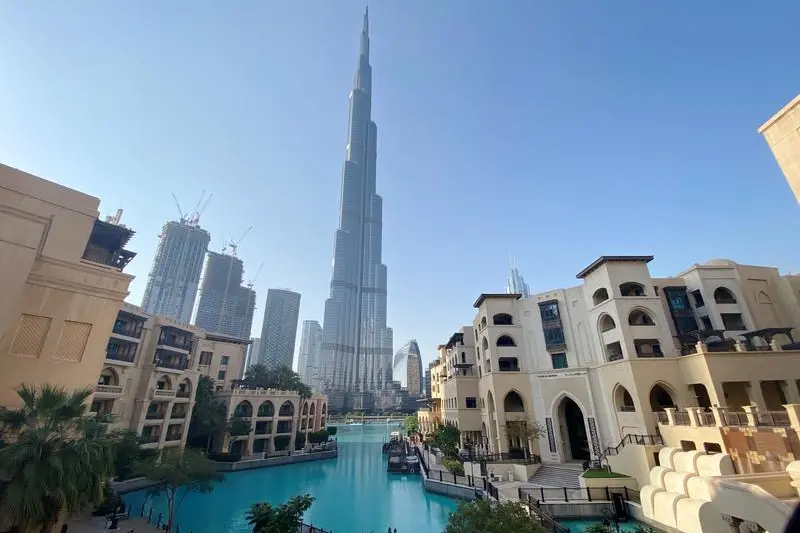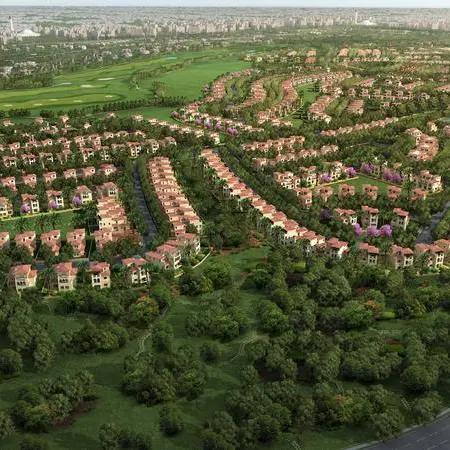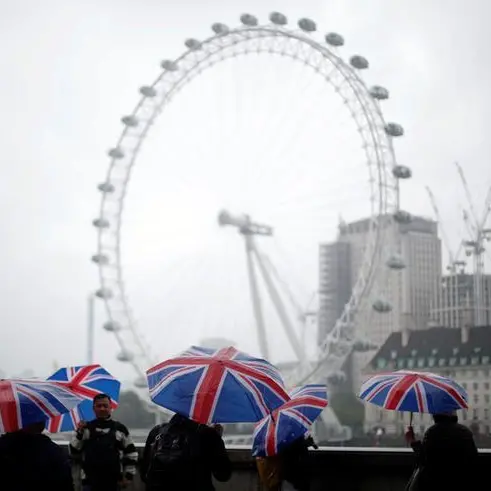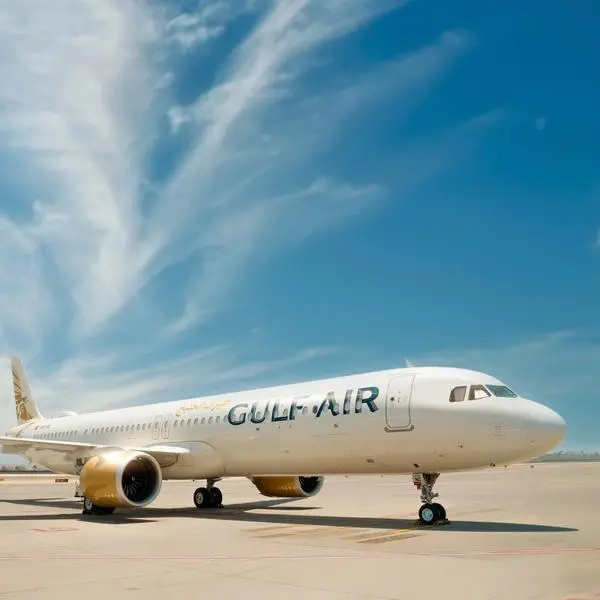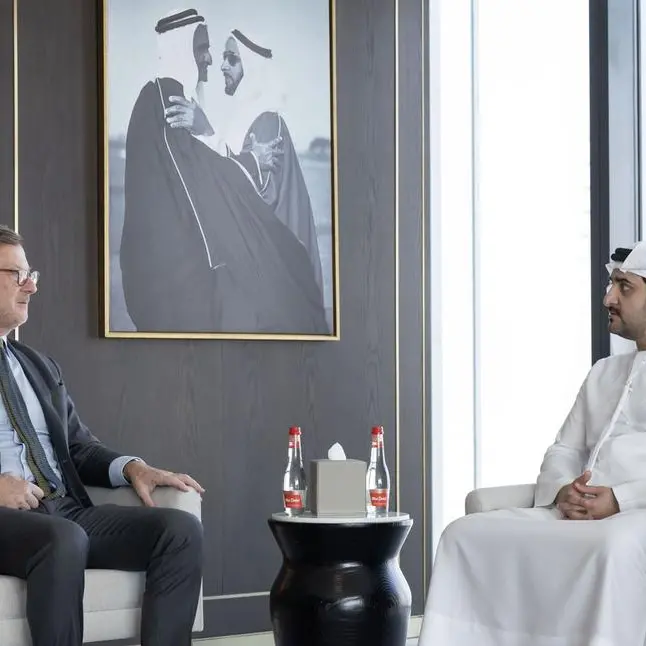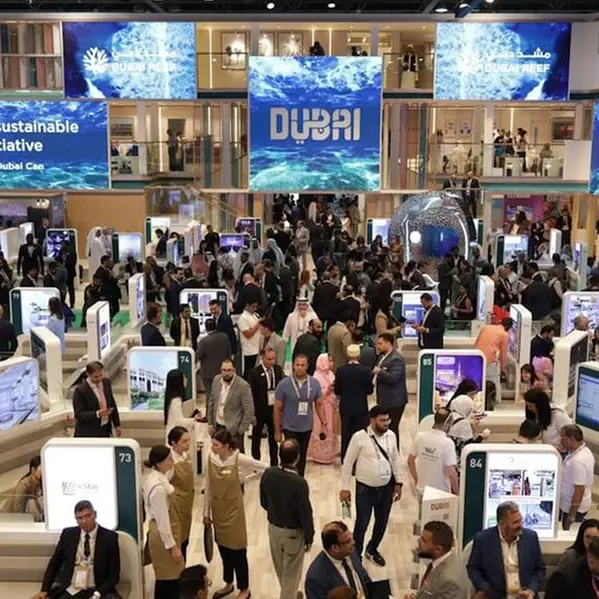PHOTO
DUBAI, UAE: As of September 21, 2024, countries across the Middle East, including Saudi Arabia, the United Arab Emirates, Qatar, Oman, Kuwait, Bahrain, and Iran, have recorded a remarkable 26% increase in international tourist arrivals during the first seven months of 2024 compared to the same period in 2019. This surge positions the region as the fastest-growing in terms of tourism globally, reflecting a strong recovery and increased confidence among international travelers.
According to data from the United Nations World Tourism Organization (UNWTO), the global travel and tourism sector is approaching pre-pandemic performance, with international tourism recovering to 96% of its 2019 levels. Approximately 790 million tourists traveled internationally from January to July 2024, marking an 11% increase from the previous year and a slight 4% decline from 2019 figures.
Saudi Arabia has leveraged its Vision 2030 plan to diversify its economy beyond oil, making significant investments in tourism. The introduction of tourist visas and the development of new attractions have established the Kingdom as a prime destination for international visitors.
The United Arab Emirates continues to attract tourists, particularly in Dubai and Abu Dhabi. The extended Expo 2020 Dubai has revitalized the tourism sector, with ongoing investments in hospitality and entertainment drawing global visitors.
Qatar has maintained its tourist momentum following the FIFA World Cup 2022, focusing on infrastructure investments and enhancements in cultural and sports tourism to establish itself as a year-round destination.
Oman is appealing to travelers seeking sustainability, with an emphasis on eco-tourism and cultural experiences. The introduction of new luxury resorts and adventure tourism options is attracting a diverse range of tourists.
Kuwait is increasingly recognized for its cultural tourism, investing in museums and family-friendly attractions that enhance its appeal among Gulf tourists. Similarly, Bahrain has seen a rise in tourist numbers due to relaxed visa policies and events like the Formula 1 Bahrain Grand Prix, complemented by its rich history and new tourist complexes.
Despite facing geopolitical challenges, Iran continues to draw visitors with its ancient civilization sites and vibrant culture. Efforts to improve tourist facilities and promote lesser-known destinations are slowly changing perceptions and attracting more international interest.
The resurgence in tourism across the Middle East is supported by several factors, including enhanced air connectivity through increased flight routes by major airlines, significant investments in tourism infrastructure, and improvements in digital services for easier travel. A robust calendar of cultural festivals and international events continues to attract visitors to the region.
As the Middle East navigates its post-pandemic recovery, sustainable tourism is becoming a priority, focusing on minimizing ecological impacts while maximizing social and economic benefits for local communities. The ongoing development of cultural, adventure, luxury, and eco-tourism segments, coupled with political stability and enhanced safety measures, is expected to further boost the region's tourism growth.
This impressive 26% increase in international arrivals highlights the Middle East's resilience and potential as a leading global tourist destination, with each country contributing uniquely to this success story.
Arab Times | © Copyright 2024, All Rights Reserved Provided by SyndiGate Media Inc. (Syndigate.info).
